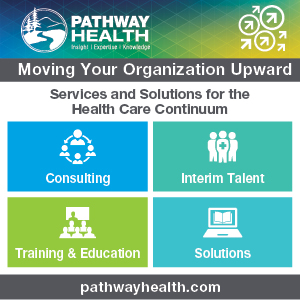Living Longer and Aging
Here’s some good news! We are living longer. Or at least we’ve been given numerous opportunities to consider how. However, with all things being equal, we’ve yet to achieve what a longer life can mean. How we behave now will be determined by the earlier habits that were adopted from our childhood experiences, such as what we eat and drink, the various lifestyles we’ve practiced, the social norms that were instilled in us by our parents, and those we currently have been following. All of these experiences and more have a way of influencing our lives to an extent that can affect us as we age. It all comes down to how we can continue maintaining our health and a quality life we all aspire to. The following are several facts that lend hope for achieving a longer life.
- Life spans have dramatically doubled in just a few generations, giving further hope to a vision for a longer life.
- A billion people worldwide have already reached the age of 60+.
- Our country’s population, for those who will turn 60 by the year 2040, will add another 2.1 million.
- It is projected that with a growing aging population, there will be more people living longer because of innovative technology and pharmacology.
What can this journey of humankind mean to living a longer life?



